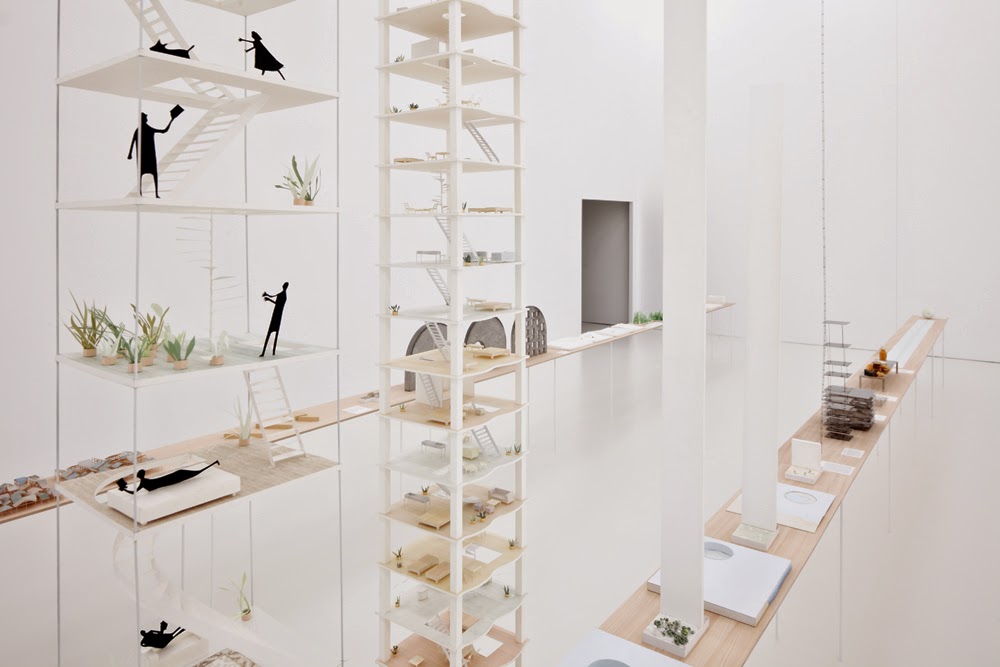 |
| Photo credits Niclas Rosander / http://niclasrosander.se |
He brings up many things that I walk around with on my mind.
His manifesto back to primitive architecture, something called 'Primitive future', is about the relationship between the space and the body. He talks about, how in the beginning when humans lived in caves it was us who adjusted to the spaces we inhabited, found our way to use them and claimed certain spaces for specific functions.
It is this thought of the cave vs. the nest (where the nest has been prepared for human habitation, and a cave is the opposite) the cave requires a creative act on behalf of a human.
The cave alters the behavior of its occupant by offering no indication of how to use the space. Although to some degree this ambiguity is inherent in all spaces, the cave is completely undefined. He calls these creative acts of appropriation the beginning of architecture.
And so by nature humans start to nest - to appropriate and claim space, to give it a smaller - human scale.
It is this human scale, or the variety of scales found in nature (example: trunk/branch/twig/leaf/vein) that makes us somehow feel at ease, in our element.
Fujimoto suggests that is is this duality and coexistence of opposite things that creates the richness and makes us feel safe.
So that in going back to the primitive, and finding its order (or non-exisitng order) and the diversity of scales, accompanied by the duality of openness - closeness (protectetness) is the recipe for the future - primitive future.
Fujimoto is so inspiring and his simple almost childish way of boiling things down to their essence and never ceasing to ask questions about how we use and define space creates something so rich...
It just proves how the process is the most valuable part of a project, how important it is to give thoughts time and room to grow into maturity.
Fujimotos ongoing exploration of this primitive architecture constantly gives birth to new projects and takes him further in his thought process.
It is this process of nourishing an idea, understanding it and being able sort out it's architectural abstraction (which then would have the inherit richness of the original idea) that I am after.





































.jpg)










